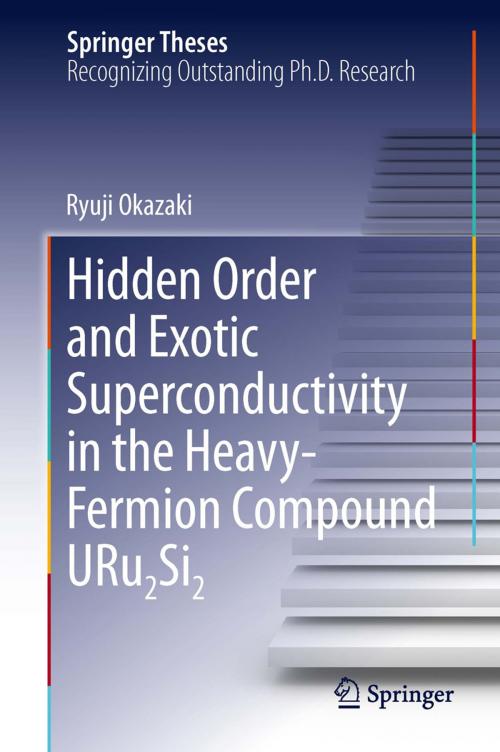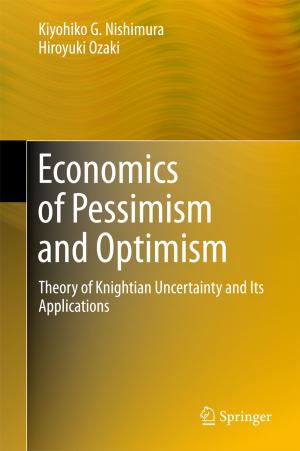Hidden Order and Exotic Superconductivity in the Heavy-Fermion Compound URu2Si2
Nonfiction, Science & Nature, Technology, Superconductors & Superconductivity, Science, Physics, Thermodynamics| Author: | Ryuji Okazaki | ISBN: | 9784431545927 |
| Publisher: | Springer Japan | Publication: | November 29, 2013 |
| Imprint: | Springer | Language: | English |
| Author: | Ryuji Okazaki |
| ISBN: | 9784431545927 |
| Publisher: | Springer Japan |
| Publication: | November 29, 2013 |
| Imprint: | Springer |
| Language: | English |
In this thesis, the author investigates hidden-order phase transition at T0 = 17.5 K in the heavy-fermion URu2Si2. The four-fold rotational symmetry breaking in the hidden order phase, which imposes a strong constraint on the theoretical model, is observed through the magnetic torque measurement. The translationally invariant phase with broken rotational symmetry is interpreted as meaning that the hidden-order phase is an electronic “nematic” phase. The observation of such nematicity in URu2Si2 indicates a ubiquitous nature among the strongly correlated electron systems.
The author also studies the superconducting state of URu2Si2 below Tc = 1.4 K, which coexists with the hidden-order phase. A peculiar vortex penetration in the superconducting state is found, which may be related to the rotational symmetry breaking in the hidden-order phase. The author also identifies a vortex lattice melting transition. This transport study provides essential clues to the underlying issue of quasiparticle dynamics as to whether a quasiparticle Bloch state is realized in the periodic vortex lattice.
In this thesis, the author investigates hidden-order phase transition at T0 = 17.5 K in the heavy-fermion URu2Si2. The four-fold rotational symmetry breaking in the hidden order phase, which imposes a strong constraint on the theoretical model, is observed through the magnetic torque measurement. The translationally invariant phase with broken rotational symmetry is interpreted as meaning that the hidden-order phase is an electronic “nematic” phase. The observation of such nematicity in URu2Si2 indicates a ubiquitous nature among the strongly correlated electron systems.
The author also studies the superconducting state of URu2Si2 below Tc = 1.4 K, which coexists with the hidden-order phase. A peculiar vortex penetration in the superconducting state is found, which may be related to the rotational symmetry breaking in the hidden-order phase. The author also identifies a vortex lattice melting transition. This transport study provides essential clues to the underlying issue of quasiparticle dynamics as to whether a quasiparticle Bloch state is realized in the periodic vortex lattice.















